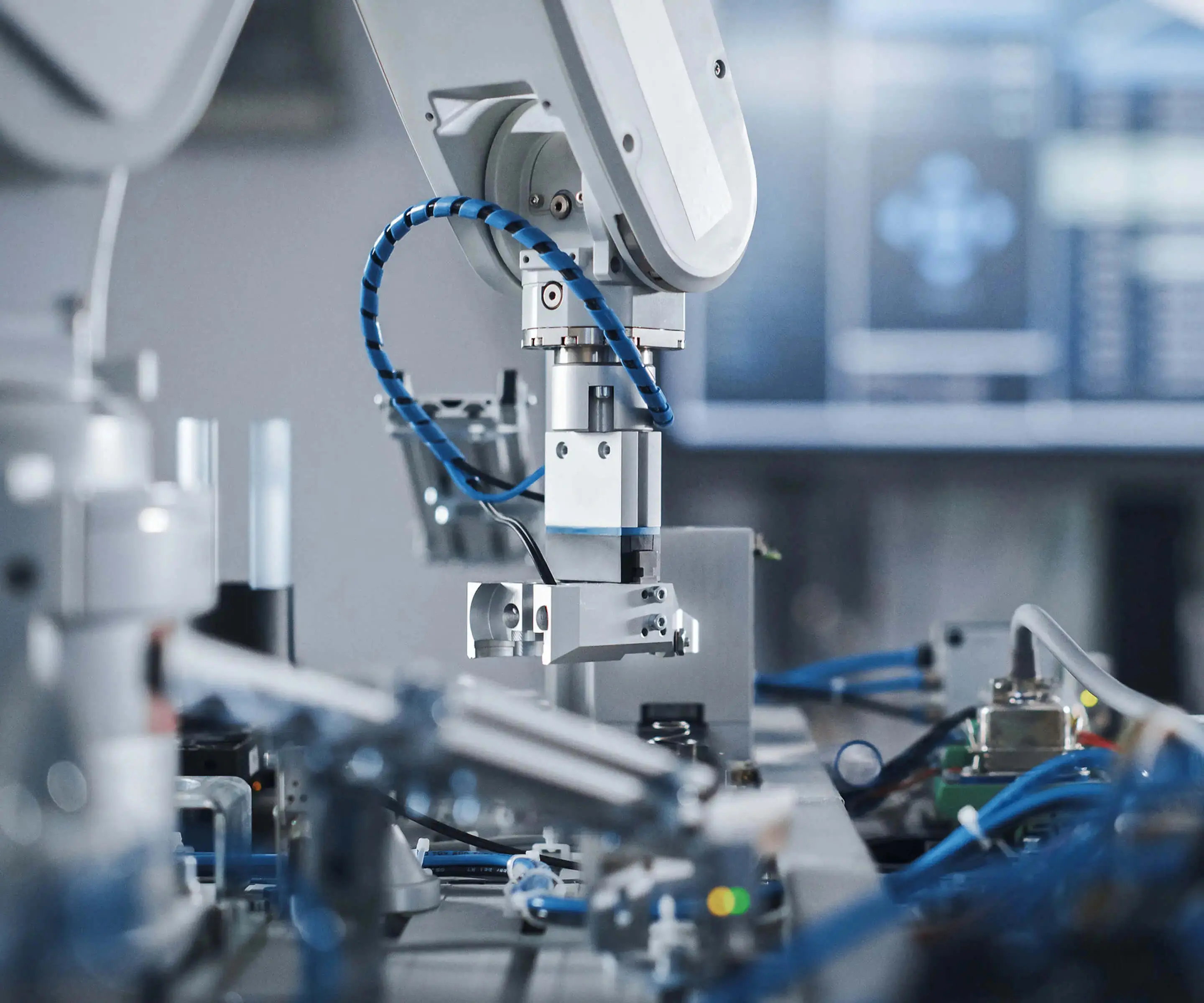In a world increasingly driven by automation and smart technology, the humble DC motor stands as a silent hero powering countless devices—from tiny robots to sophisticated manufacturing systems. Yet, beneath its simple exterior lies a realm rich with engineering finesse: the DC motor gearbox, a component that elevates basic motor functions into precise, powerful actions. If you’re curious about how a modest motor can become the cornerstone of complex machinery, understanding the marriage between DC motors and gearboxes is your first step.

Imagine holding a small, sleek motor—the kind you might find in a remote-controlled car or a small appliance. It whirs with energy, capable of quick spins or sustained rotations. But without a gearbox, its power might be limited, or its speed too high for certain applications. Enter the gearbox: a carefully designed set of gears that reduces the rotational speed of the motor’s output, effectively multiplying torque while decreasing velocity in a controlled manner. This combination ensures that the motor’s energy is harnessed with precision, making it suitable for demanding tasks where strength and accuracy matter.
Why combine a DC motor with a gearbox? The answer lies in the fundamental dynamics of electric motors. DC motors excel at providing quick acceleration, smooth control, and reliable operation. However, their raw speed—often measured in thousands of revolutions per minute (RPM)—is too high for many practical applications. For instance, wheels in a robotic vehicle may need to turn slowly and steadily, or a conveyor system might require steady, controlled movement at low speeds.
Gears act as the perfect solution. By reducing the RPM output, gearboxes turn a high-speed motor into a low-speed, high-torque powerhouse. Think of it like riding a bicycle: pedaling quickly generates a lot of momentum, but to climb a steep hill, you need to shift gears to increase torque. Similarly, a gearbox adapts a motor's power to meet specific needs, whether that's moving a robotic arm, operating a precise actuator, or driving machinery.
Beyond simple speed reduction, gearboxes also offer benefits such as improved durability, smoother operation, and better control over movement. They often come with different gear ratios, which determines how much the motor's speed is reduced and torque increased. For example, a gear ratio of 10:1 means that for every ten turns of the motor, the output shaft turns once, boosting the torque by approximately ten times minus any mechanical losses.
Design considerations: Types of gearboxes Several types of gearboxes are suitable for DC motors, each tailored for different applications. The most common include:
Gear train (spur gears): These are straightforward and cost-effective, ideal for lightweight, low to moderate torque tasks. Spur gears are simple, with teeth aligned straight and parallel to the axis.
Planetary gearboxes: Known for compactness and high efficiency, planetary gear systems are often employed in robotics, drones, and precision machines. They distribute load across multiple gears and provide high torque within a small footprint.
Worm gearboxes: These provide high gear ratios and self-locking capabilities, making them suitable for applications where back-driving must be prevented or positional holding is essential.
Choosing the right type of gearbox depends on factors like size constraints, torque requirements, speed, and overall application environment. Engineers and designers often consider the balance between efficiency, durability, and cost when selecting a suitable gear system.
Materials and manufacturing Gearboxes are made from various materials—metal, plastic, or composite—each influencing performance and longevity. Metal gearboxes, typically using steel or brass, offer strength and durability for heavy-duty tasks. Plastic gearboxes are lighter, quieter, and cost-effective, suited for less demanding applications such as educational kits, toys, or lightweight automation.
The manufacturing precision of gear teeth directly impacts efficiency and lifespan. Better gear cut ensures smoother gear engagement, less energy loss, and reduced wear over time. Advanced manufacturing techniques, including CNC machining and precision molding, have made high-quality gearboxes more accessible across different industries.
Integrating gearboxes with DC motors The practical challenge lies not just in selecting a gearbox but in integrating it seamlessly with the motor. Engineers must consider alignment, mounting, and wiring, ensuring that the gearbox is securely attached and that power transfer is efficient. Many commercially available DC motor gearboxes come as ready-made modules—compact, pre-assembled units that simplify installation and maintenance.
Furthermore, the development of intelligent control systems—like motor drivers with feedback mechanisms—enhances the capabilities of gearbox-equipped motors. Sensors such as encoders provide real-time data on position, speed, and torque, enabling precise control—a feature vital in robotics and automation.
Future trends and innovations As technology advances, so too does the sophistication of DC motor gearboxes. Innovations include the use of lightweight composites for gear components, integrated sensors for smarter operation, and more efficient gear designs reducing energy losses. The push towards miniaturization is also evident; tiny gearboxes are now powering micro-robots and medical devices.
Another exciting development is the integration of gearboxes with smart systems. Imagine gearboxes that adapt their gear ratios dynamically based on load conditions, optimizing performance and energy consumption. Such systems could revolutionize industries from manufacturing to consumer electronics.
Established in 2005, Kpower has been dedicated to a professional compact motion unit manufacturer, headquartered in Dongguan, Guangdong Province, China.




































